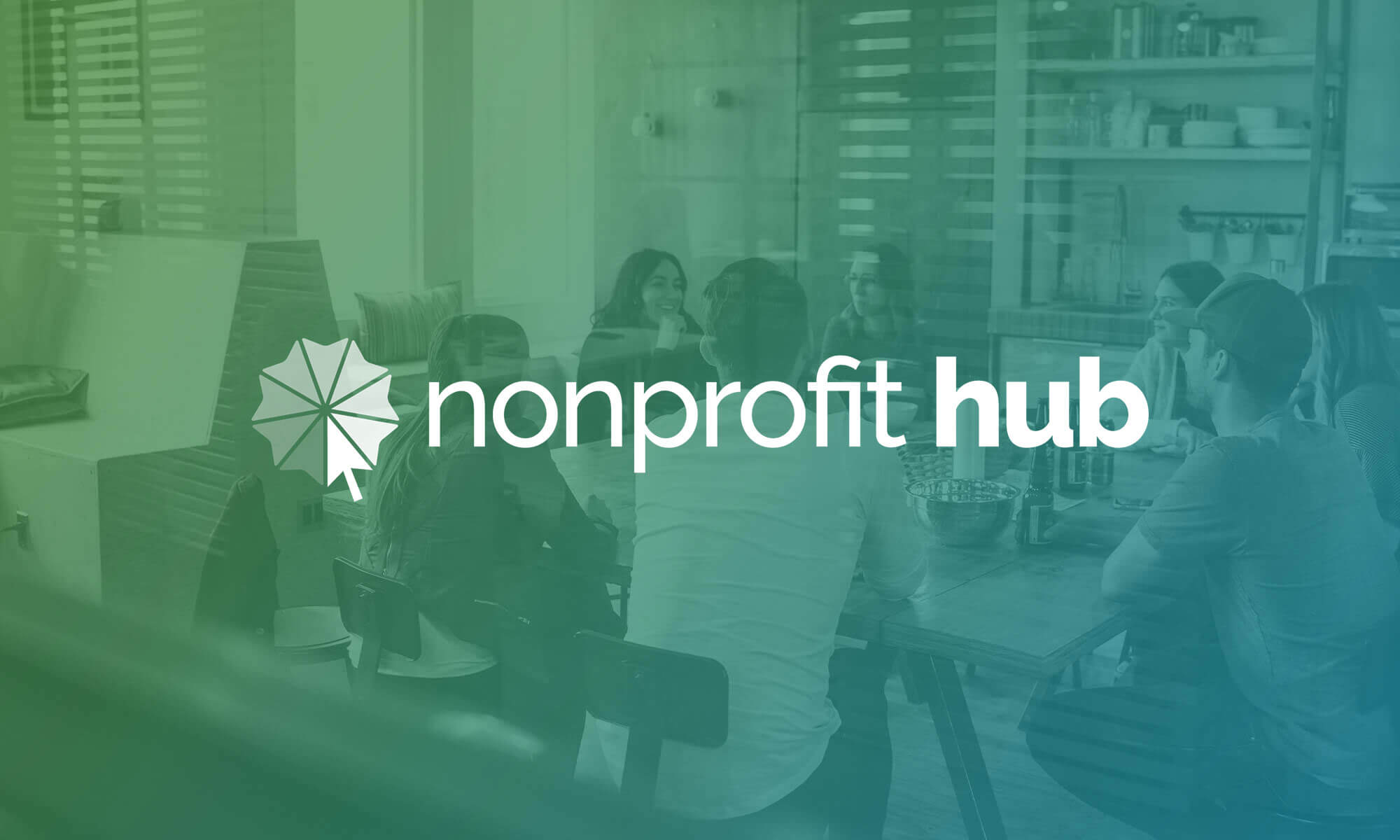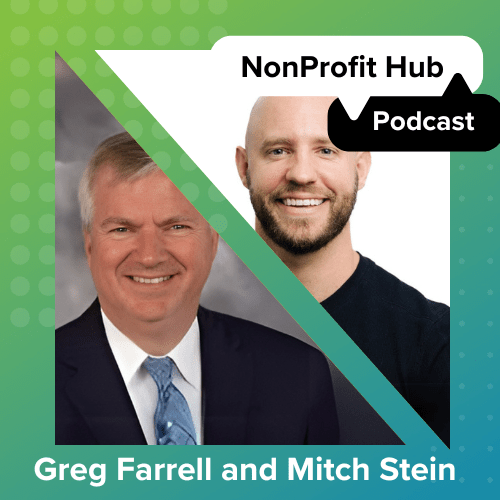Focus on donor acquisition in your nonprofit’s fundraising plan and expect to feel as if you’re filling an unplugged bathtub. Add as much steaming hot water as you like. When you drain water as quickly as you add it, your tub will never be full.
Most nonprofits pour too much money into donor acquisition and too little into donor retention. The sad, steady increase in dying nonprofits instead of thriving ones is the inevitable result. We expect the disparity between fiscally healthy nonprofits and unstable ones to broaden in 2013. To be on the healthy side of the divide, refocus your fundraising toward donor retention.
According to donor retention expert Adrian Sargeant, identification is a key driver of donor loyalty. When supporters identify with your nonprofit and its cause, they’re less likely to break ties. As Sargeant explained in Donor Retention: What Do We Know and What Can We Do About It?, “Donors are drawn to…brands that are perceived as having a personality encompassing values congruent to their own.”
Sargeant’s point about the link between donor retention and identity could help your nonprofit nurture lasting relationships with supporters. Consider donors, their identities and how your nonprofit brand contributes to them as you rework your retention plan.
Millennial Makers
Millennials may be the best reason to reflect on how supporters’ identities relate to your nonprofit. According to the 2012 Millennial Impact Report, 75% of millennials donate to charitable organizations. What’s behind their generosity? Relationships with their favorite brands (including nonprofits!) are especially important to them. When they give to nonprofits it’s an identity ritual.
So consider whether your nonprofit’s branding strategy speaks to the real or aspired identities of your audience. Investing in a millennial-friendly plan will pay for itself as time passes and millennials become your primary donors.
Emphasize and Exaggerate
Supporting your nonprofit ought to be a rush for your donors. If they feel good after donating, they’re more likely to do it again—and at intervals you can depend on.
Encourage and emphasize the positive feelings donors associate with supporting you. For example, add interviews with longtime donors to share in your email marketing, appeal letters and even on social media. Ask supporters questions that get to the heart of your long-term relationship, such as “How has your relationship with our organization evolved over the years?”
Personality Profiles
Donors who give because they see it as part of their personal identity (or want it to be) will be more attracted to fundraising invitations that focus on them. It’s crucial to communicate your cause and highlight the people you serve, of course. But marketing that honors your donors is integral to donor retention.
Public thank-you’s that profile loyal donors will sway more than you may think. Thanking donors publicly will impress potential donors and may persuade them to give. They’ll want to be part of your gracious organization, and may hope to be featured in a similar expression of gratitude in the future.
How much of your nonprofit’s fundraising plan actively encourages donor retention? If the honest answer makes you cringe, resolve to do something about it. Let us know in the comments section how you’ll reorient your fundraising plan to donor retention.






